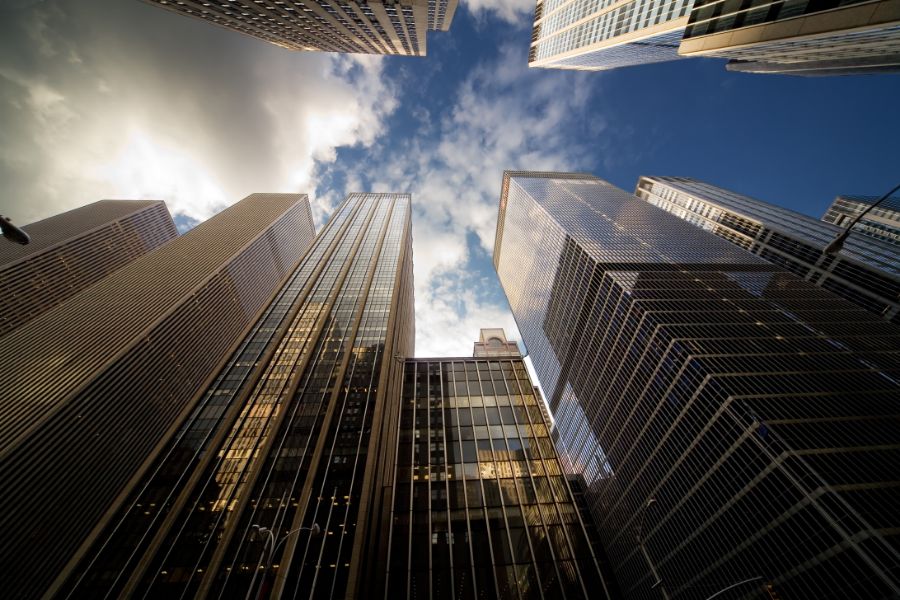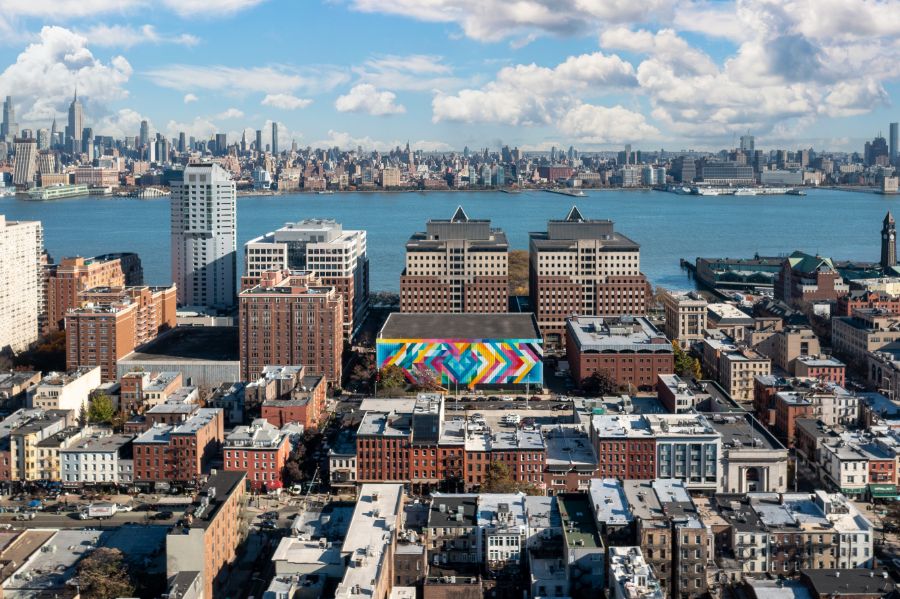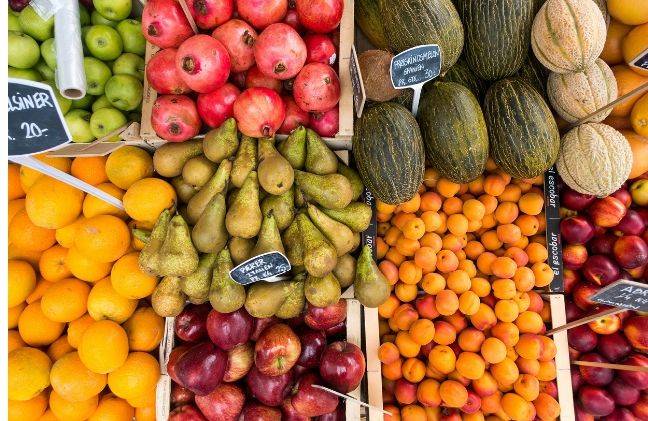In a three-part series, Brown Harris Stevens Development Marketing will delve into key takeaways from 2024, a recap on the best-selling buildings of the year, and a new development outlook for 2025.
As we head into the holidays and reflect on the year, we focus first on what we learned this year:
- Brooklyn has seen record-high pricing while Manhattan is on par with its 10-year average by price-per-square-foot. In Brooklyn, the price-per-square-foot for new developments closed at an all-time high and 17 percent above the 10-year average; in Manhattan, new developments closings were nearly the same as the 10-year average by price-per-square-foot.
- In Manhattan and Brooklyn, mortgage rate fluctuations don’t affect everyone equally. “While rates are significantly higher than the 10-year average, to the tune of 50-ish percent, demand has not changed,” said Stephen Kliegerman, president, BHSDM. “This is because while rates make headlines, they don’t significantly move the needle for buyers looking for units above $1.5 million. The Manhattan new development market is simply too cash heavy.”
However, Harlem, Queens, and parts of Brooklyn have been more impacted.
- Expanding on the above, empty nesters and pied-a-terre hunters are core to the new development market as these buyers are not typically as reliant on mortgages, and want to be in central locations and close to their city-based families.
- For the economists out there, we have seen Mean Reversion Theory demonstrated: Despite significant fluctuations over the last few years, demand for the year is close to the 10-year average, exemplifying the Mean Reversion Theory that time series data returns to its historical average after periods of volatility. 2024 proved this to be so in both Manhattan and Brooklyn new development.
For more on the new development trends shaping the city, tune into Breaking Ground with Stephen Kliegerman.



